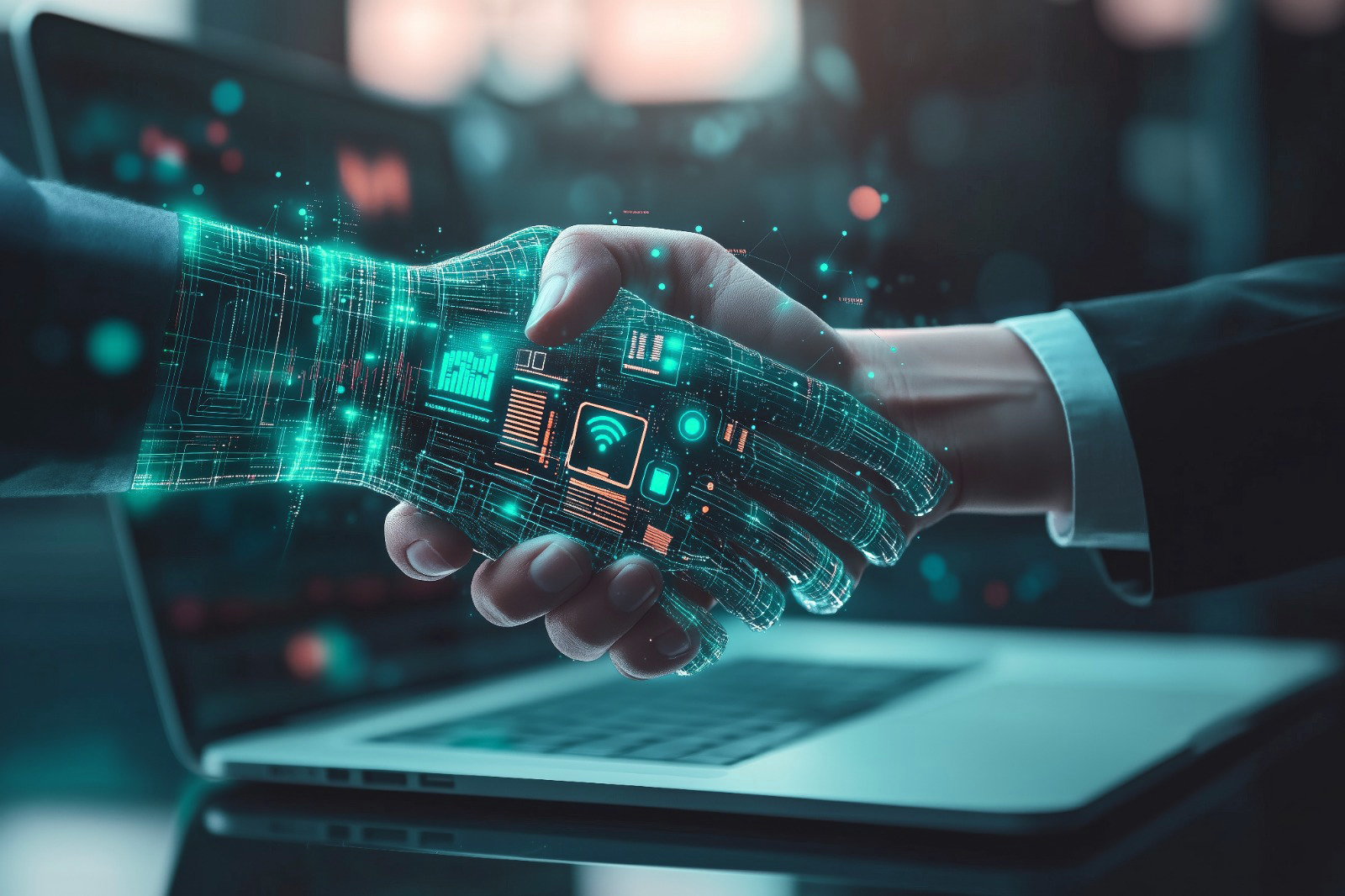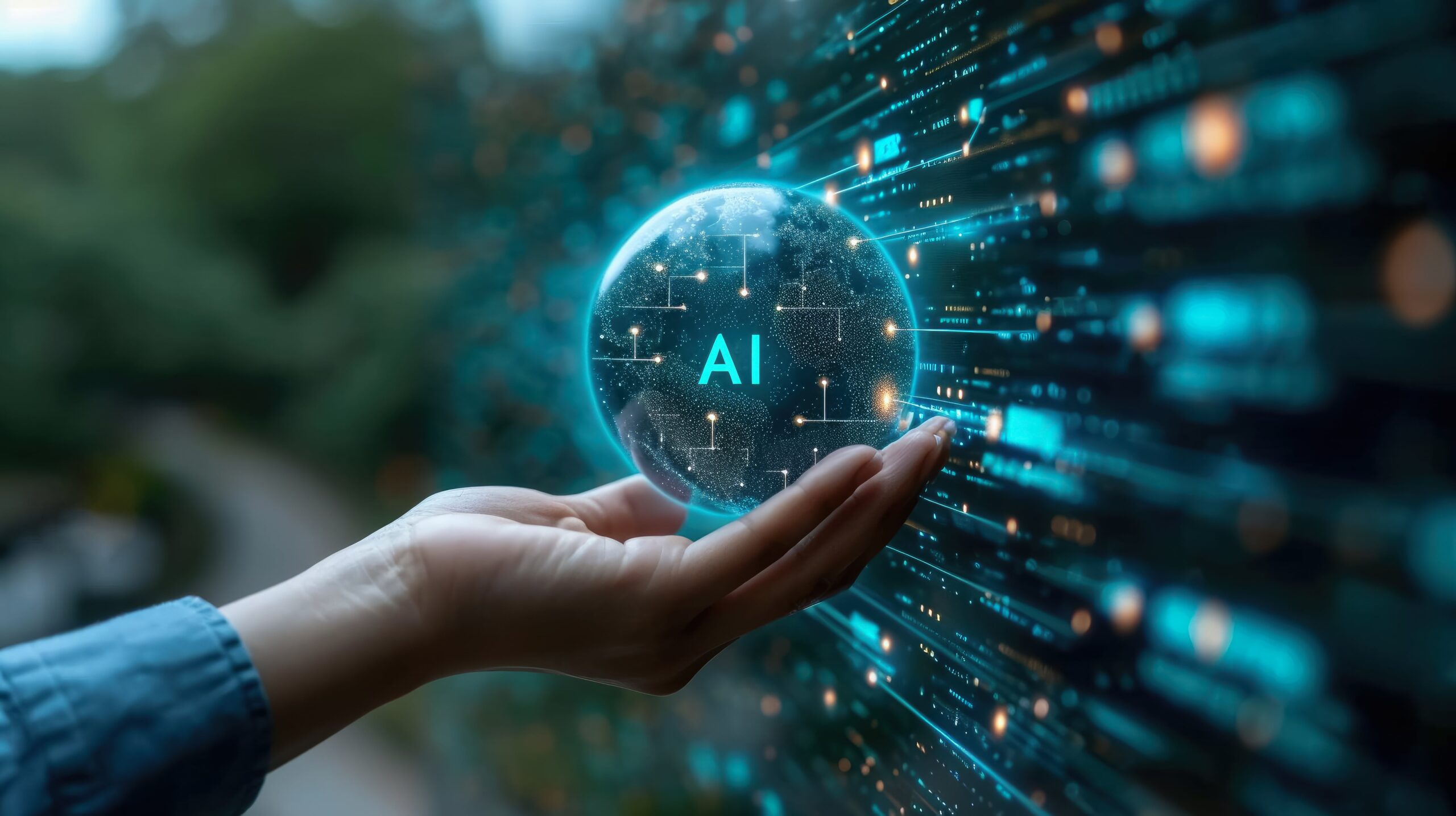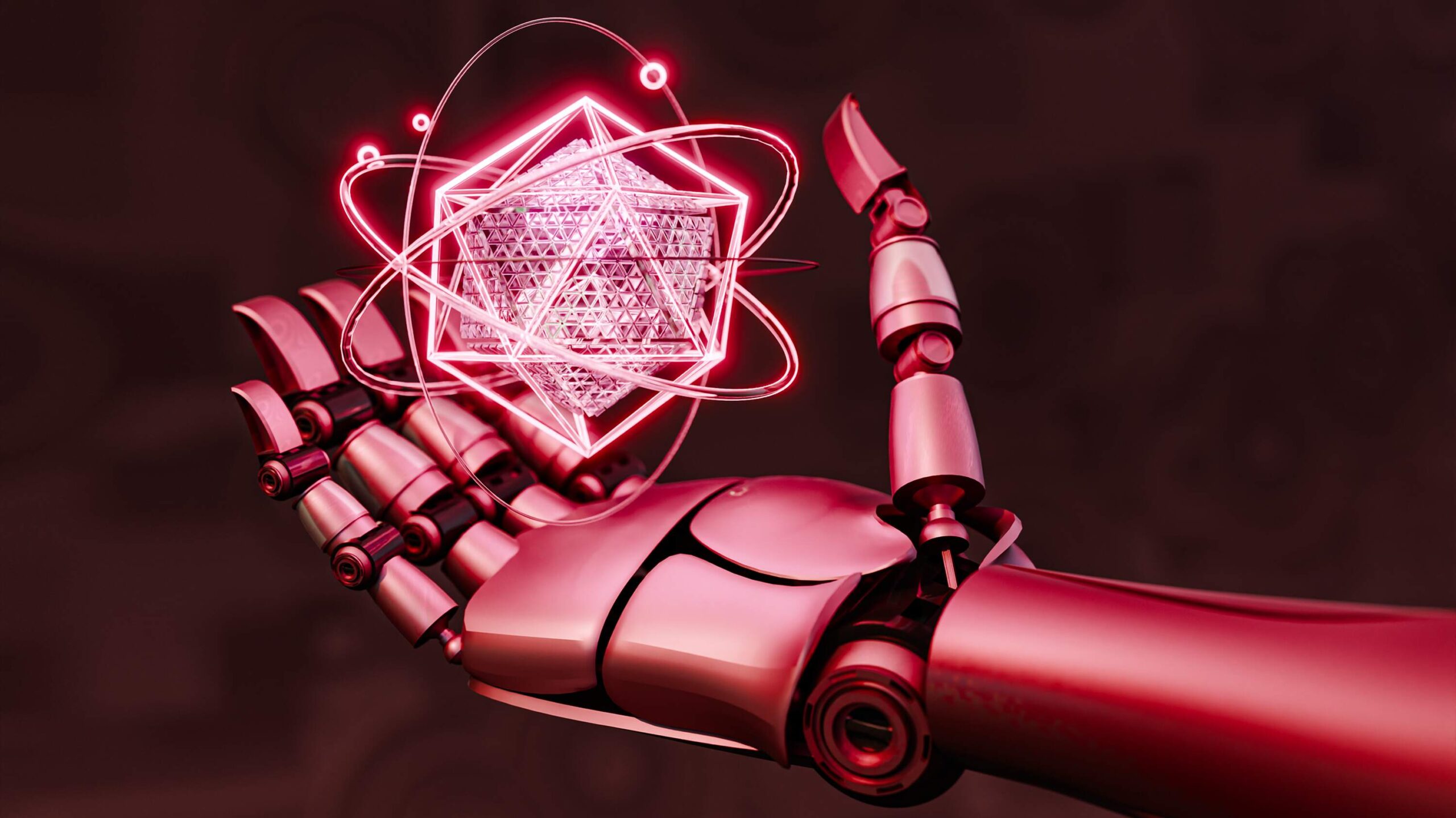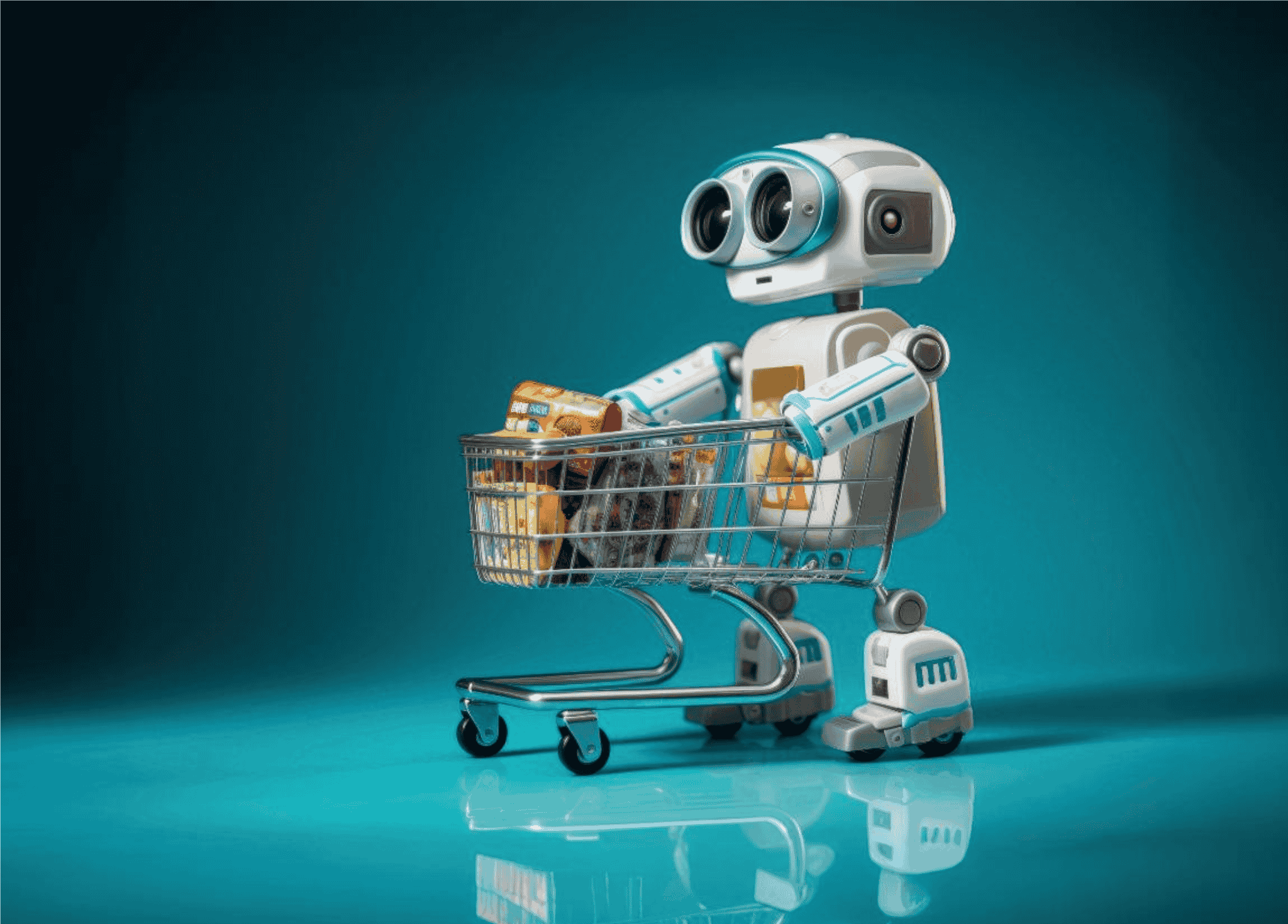The Price of Progress: Generative AI’s Costs and Benefits

As the digital age continues to evolve, one of the most groundbreaking advancements in recent years has been the rise of generative AI. Generative AI is capable of generating new content, be it text, images, music, or even video.
Chat GPT and DALL-E are some of the prime examples of how far AI technology has come. These systems analyze vast amounts of data and then use this knowledge to generate new, original content. According to a report by McKinsey, AI could automate about 45% of the tasks humans are paid to perform. It can ultimately lead to productivity gains of $13 trillion by 2030. However, the article also states that about 47% of U.S jobs are at risk of being automated within the next two decades. While generative AI promises unprecedented efficiency and creative potential, it also poses as a threat to traditional industries. This raises a lot of questions about the role of AI in society.
The Benefits of Generative AI
Generative AI is changing the way businesses and industries operate by introducing new levels of efficiency, creativity, and problem-solving capabilities. From automating routine tasks and generating personalized customer experiences to inspiring new artistic creations and accelerating scientific research, the impact of this technology is wide-reaching.
It’s not just about automating what already exists; it’s about unlocking new possibilities that were previously out of reach. Whether it’s transforming the way content is created or how products are designed and marketed, generative AI is opening doors for businesses to innovate faster and smarter. Let’s explore the tangible benefits that generative AI brings to different sectors, making it a catalyst for modern progress.
1. Revolutionizing Creative Industries
One of the most exciting aspects of generative AI is its ability to revolutionize creative industries. AI is challenging the creativity of humans by producing content that rivals their creativity. In the art world, DALL-E is a prime example that generates images based on textual descriptions.
Artists are able to explore new creative possibilities that would have been impossible to achieve otherwise. For instance, an artist might describe a surreal landscape with some specific elements, and the AI will process those cues and generate a detailed image based on that. This takes creativity to a whole other level by making powerful tools accessible to non-experts. If we talk about the music industry, musicians can generate new melodies, harmonies, and even entire compositions.
The work of past composers is analyzed by AI to create music in a specific way according to the tastes of people. This opens up a whole new set of possibilities for experimentation. This innovation gives freedom to develop new genres and styles, pushing the boundaries of what is possible in the music industry. Generative AI can be leveraged in literature as well by generating ideas, drafting passages, or even writing an entire chapter based on a simple yet creative prompt. This is done to reduce the time and effort that is put into content, allowing writers to focus on refining and perfecting their work.
2. Enhancing Efficiency and Automation
The involvement of AI is beyond the creative industries, as it is making significant strides in enhancing efficiency and automation across various sectors. In the marketing context, AI can generate personalized content at scale, from product descriptions to social media posts. This is very advantageous for making very targeted strategies that can adapt to individual customer preferences.
AI is transforming the scope of journalism by automating the creation of new articles, particularly for a specific cause. This gives journalists the freedom to be thorough in the complex and investigative parts. This improves the overall effectiveness and impression of journalism.
Reports can easily be drafted with the variety of tools offered by AI, reducing the time and effort of journalists. Customer service is another area that has greatly benefited from the integration of AI. This not only reduces the workload on humans but also enhances customer satisfaction.
3. Advancing Personalization and User Experience
Generative AI has the ability to analyze and generate data, which opens up new possibilities for personalization. In e-commerce, AI can create personalized shopping experiences by analyzing a user’s browsing history, purchases, and preferences. This improves the chances of a purchase, enhancing the overall shopping experience for a customer.
Netflix and Spotify are some of the platforms that are using generative AI for content recommendation. The watch history and behavior of the user are analyzed, and then AI suggests movies and music based on their preferences. This increases engagement and satisfaction, ultimately leading to a better user experience.
4. Driving Scientific and Medical Innovation
The scientific and medical fields are areas where AI has huge potential. In drug discovery, AI models have the ability to generate new molecular structures and predict their properties. This can accelerate the development and progress of the drug development process. This can lead to the discovery of new treatments for diseases faster than traditional methods.
In the medical industry, AI can generate enhanced images that aid in diagnosis, which can help doctors diagnose a patient effectively and efficiently. AI is able to analyze a vast amount of data from clinical trials and patient records, which can help generate insights that ultimately lead to more effective treatments and medicines. AI models can predict how different patients might react to a particular treatment or medicine, allowing for more tailored and effective healthcare.
The Costs and Challenges of Generative AI
There are significant costs and challenges that come with the benefits of AI. Following are some of the challenges of generative AI:
Economic Impact and Job Displacement
One grave concern surrounding generative AI is its potential to displace jobs, particularly in creative and white-collar industries. The high-quality content generated by AI is at the expense of depriving people of traditional jobs. This is not a hypothetical issue, as there are some companies that have actually replaced humans with AI in content creation roles.
AI has the ability to automate tasks in finance, legal, and customer service that can eventually lead to more job losses. This reduces the need for paralegals, as AI-driven bots could replace human agents easily. While AI is creating more roles in developing and maintaining AI systems, these roles require specialized skills that many displaced workers may not possess. This may lead to increased inequity and require significant efforts to reskill and educate job-deprived people for the future.
Ethical and Moral Concerns
The line between human and machine-created content is blurred as AI becomes capable of generating realistic text, images, and videos. This has serious implications for authorship and intellectual property. It raises concerns about who owns the content. Is it the person who provided the input or the AI itself? Another concern is the potential for AI to be used maliciously.
The content can be used to spread misinformation, manipulate public opinion, and depict someone else’s content as your own. There is an urgent need for frameworks and regulations to address these challenges.
Data Privacy and Security Risks
As AI relies on datasets to generate content, there is a growing concern that social media data could inadvertently reveal private information or be used to create invasive content. This raises a concern about AI models being used without proper consent. If the AI system is hacked or manipulated, it could generate harmful content, perpetrate fraud, or use data in ways people did not agree to.
How can we help strike a balance?
It is essential to find a balance between everything, considering the costs and implications associated with generative AI. It is very crucial to reap all the benefits of this technology while mitigating its risks. Following are some of the approaches that can be used to strike a balance.
1. Establish Ethical Guidelines and Frameworks
To address ethical and moral concerns surrounding generative AI, it’s essential to:
Create clear policies on authorship and intellectual property: we will develop regulations to determine the ownership of AI-generated content and protect intellectual property rights.
Implement Ethical Standards: Formulate guidelines for the responsible use of AI to prevent misuse, such as spreading misinformation or manipulating public opinion.
2. Strengthen Data Privacy and Security Measures
To mitigate risks related to data privacy and security, we will:
Enhance Data Protection Regulations: Enforce strict data privacy laws that govern the collection, use, and storage of personal information by AI systems.
Invest in Security Infrastructure: Develop robust security measures to protect AI systems from hacking and misuse, ensuring that data and content are safeguarded against malicious attacks.
3. Promote Transparency and Accountability
Ensuring transparency and accountability in AI development and deployment is critical. We will achieve this by:
Encouraging Open Research: Support research initiatives that make AI technology and its applications more transparent and accessible to the public.
Establishing Accountability Mechanisms: Implement systems for tracking and auditing AI systems to ensure they operate within ethical and legal boundaries.
4. Adapt Regulatory Frameworks
To keep pace with rapid technological advancements and regulatory frameworks, we will adapt to:
Regular Updates to Regulations: We will continuously work to stay updated with regulations to address emerging AI technologies and their implications.
Global Cooperation: We will work towards international agreements and standards to ensure consistent and effective regulation of AI across borders.
With its enormous potential for creativity, efficiency, and invention, generative AI marks a major advancement in human technological capabilities. But these developments come at a high price, with moral, financial, and environmental issues to contend with.
In order to maximize the advantages and minimize the hazards involved, it is crucial that we carefully consider these trade-offs as we create and apply generative AI. We can take advantage of the potential benefits of generative AI while also preventing any negative effects by implementing a well-rounded strategy that incorporates ethical research, legislation, and public education.
With its enormous potential for creativity, efficiency, and invention, generative AI marks a major advancement in human technological capabilities. But these developments come at a high price, with moral, financial, and environmental issues to contend with.










